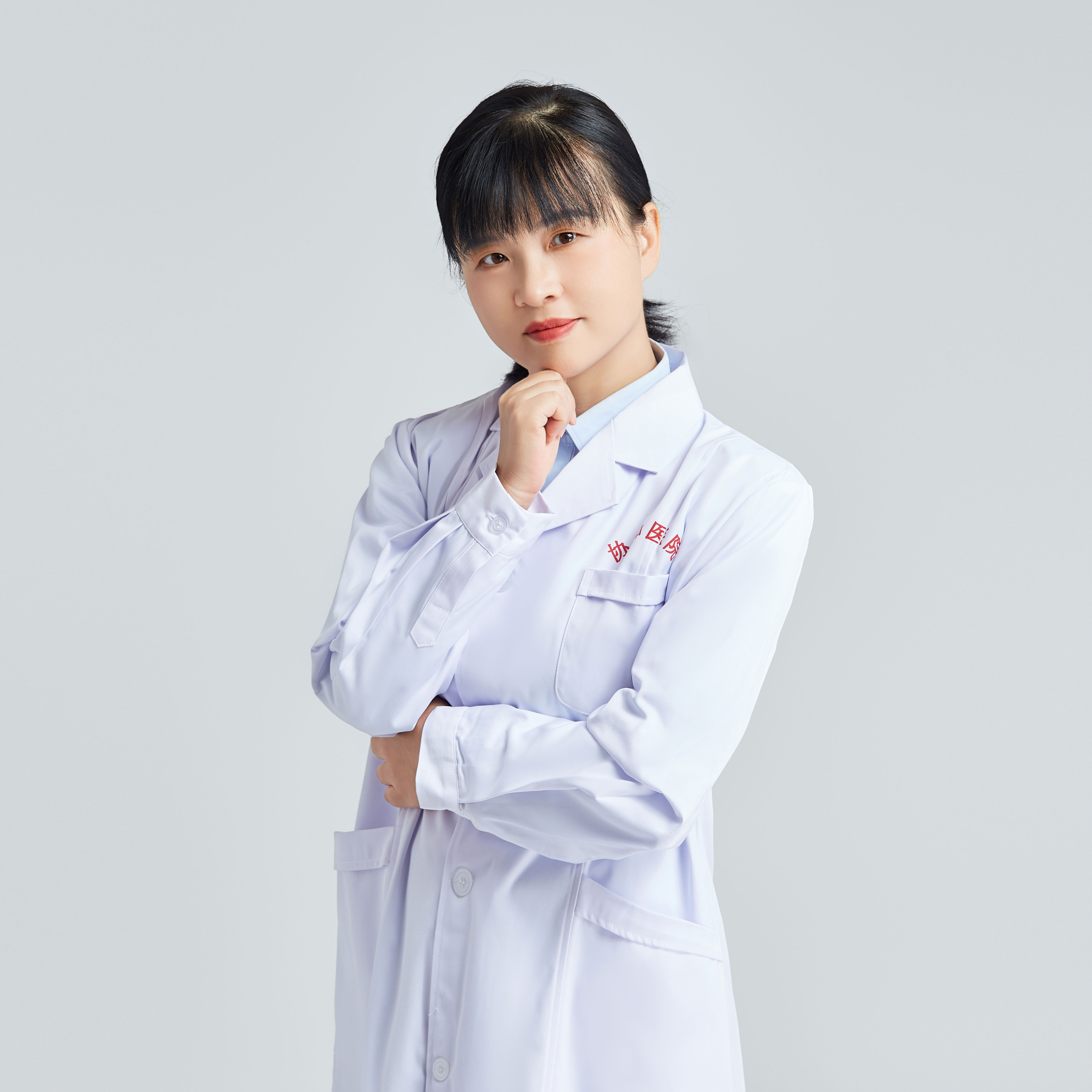What are the techniques of massage?
Generally speaking, common massage techniques include pressing, kneading, pushing, friction, and rubbing. A detailed breakdown is as follows:

1. Pressing Technique
The pressing technique involves applying vertical pressure using the palm root, thumb root, or elbow tip on the targeted area. The pressure should gradually increase. When applied to the back, the downward pressure is usually synchronized with the recipient's exhalation, with a brief application of stronger force. This technique helps relieve muscle tension, improve circulation, and promote relaxation.
2. Kneading Technique
The kneading technique involves circular movements performed in clockwise or counterclockwise directions using the fingers or palm on the body surface. It requires using the proximal part of the limb to drive the distal part to perform small-amplitude circular kneading motions, effectively engaging deeper tissues. The pressure should be uniform, and the movements should be coordinated and rhythmic. This technique can be applied to all body parts and helps promote blood circulation, reduce swelling, dispel wind, and relieve cold symptoms.
3. Pushing Technique
The pushing technique involves using the fingers or palm to push the skin and muscles forward, upward, or outward. It requires the contacting part to be closely applied to the skin with moderate pressure, ensuring the touch is light but not superficial, firm but not stagnant, and maintaining a steady speed. This technique is suitable for the back, chest, abdomen, and lower limbs, aiding in promoting blood and qi circulation and relieving muscle tension.
4. Friction Technique
The friction technique involves placing the palm or the surfaces of the index, middle, ring, and little fingers on the treatment area, then making circular friction movements in clockwise or counterclockwise directions using coordinated motion of the wrist and forearm. This technique requires a relaxed upper limb and wrist, with gentle placement on the acupoints. The movements should be smooth and coordinated, using light pressure rather than heavy force and slow rather than rapid speed. It is commonly used on the abdomen and helps regulate qi, harmonize the middle jiao, and improve gastrointestinal function.
5. Rubbing Technique
The rubbing technique involves quickly rubbing a limb between both hands in opposite directions while simultaneously moving the hands up and down. This technique requires symmetrical force, fast rubbing, and slow movement. It is mainly used on the upper limbs and helps promote local blood circulation and relieve muscle fatigue.
During massage, it is important to ensure a quiet and comfortable environment, free from external disturbances. Additionally, the room should be well-ventilated and maintain a comfortable temperature, avoiding extremes of heat or cold.







